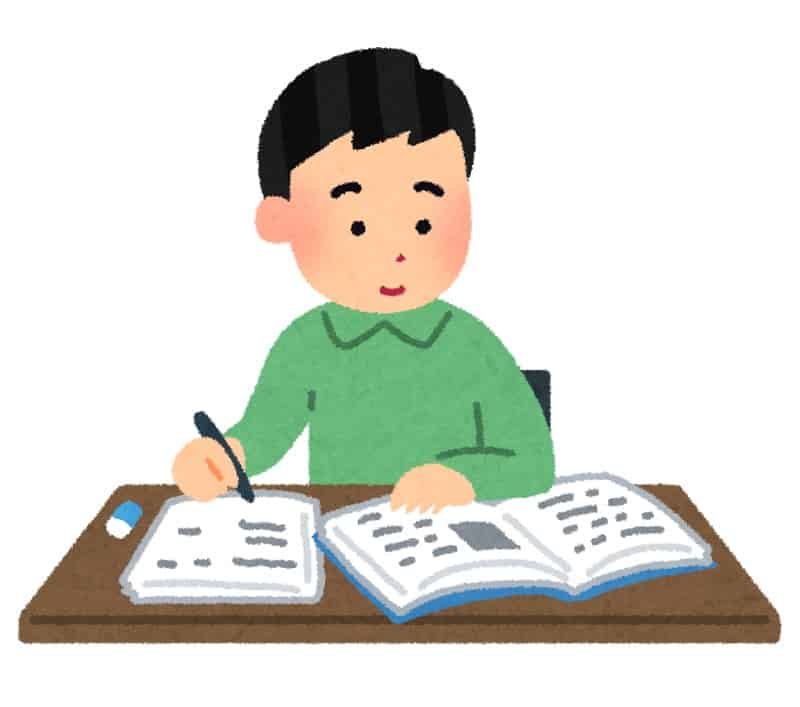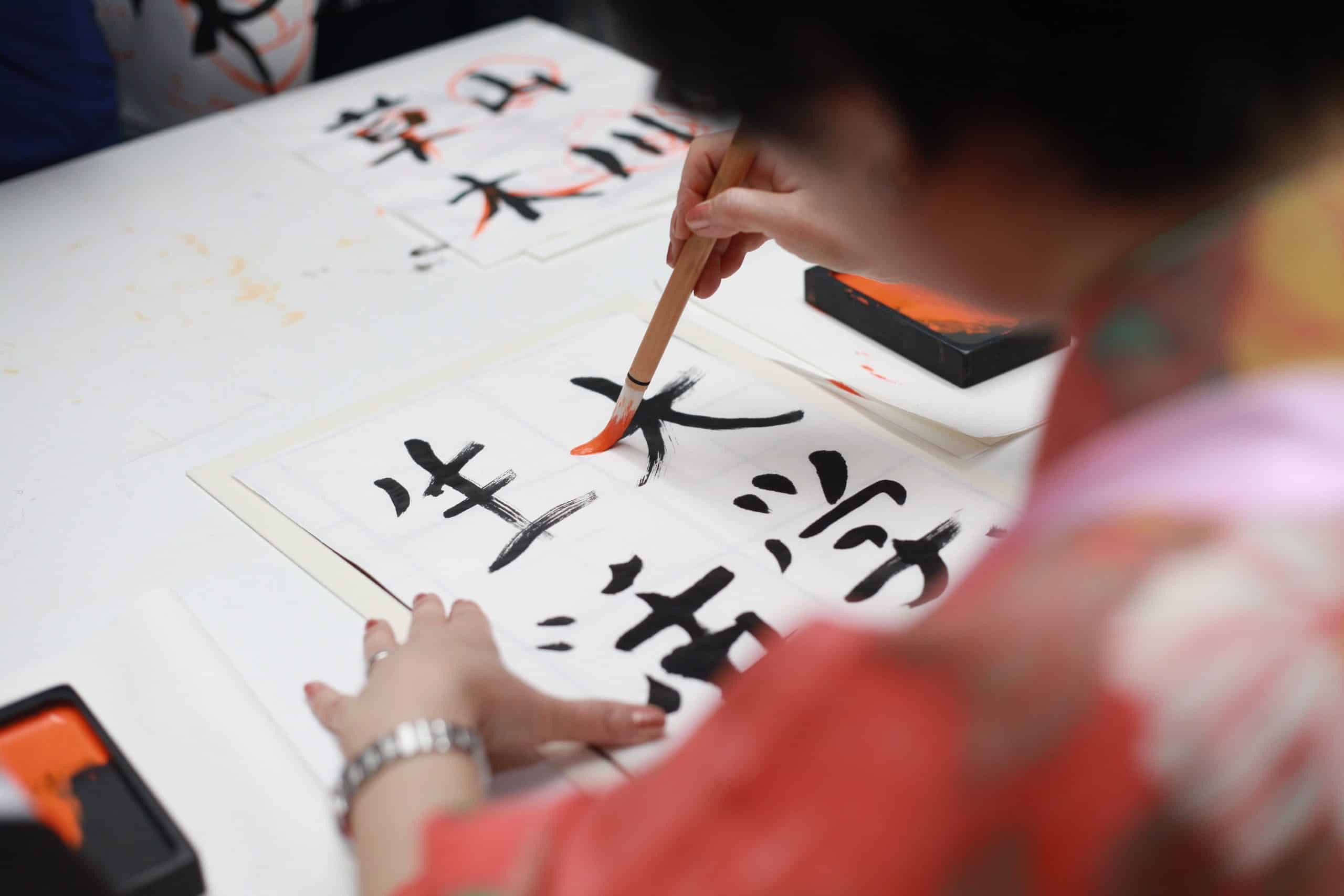Japanese is one of the most widely spoken and written languages in the world with millions of users. It is worthwhile to note that hiragana and katakana are the two common Japanese wiring scripts that we have today. So, if you have decided to learn how to write or read in the Japanese language, you cannot do without learning either or both of these Japanese writing systems.
This brings us to the important question – should I learn hiragana or katakana first? Having said this, I recommend that you learn hiragana first. There are so many reasons for this recommendation and they include:
- Hiragana is the most commonly used of the two
As mentioned earlier, hiragana is the most commonly used Japanese script today. Therefore, if you are concerned about the day-to-day use of the scripts, you have to start with hiragana. Factually, you will likely come across this writing script regularly whether you are reading a text, a video subtitle, etc. Resultantly, hiragana provides new learners with the most natural opportunities to practice reading.
Notably, by coming across hiragana regularly, your understanding of Japanese will be easier and quicker. In fact, learning hiragana first can boost your ability to learn katakana later.
- Hiragana is easier to learn
In actual sense, “hira” can be loosely translated in Japanese as “ordinary” or “simple”. In Japan, most kids are first introduced to Japanese writing by learning hiragana. This tells you that hiragana tends to contain the basics you need for learning the Japanese writing system. Besides, as a new learner, your understanding is like that of a kid; hence, you should also start learning by focusing on where the Japanese kids usually start.
In general, hiragana serves as the fundamental phonetic writing system that is often utilized for symbolizing each particular sound. Therefore, if you learn hiragana first, it will be easier for you to understand the pronunciation of various Japanese sounds.
- Long rows of katakana can be difficult to understand
As stated in the beginning, katakana has most of the borrowed words that the Japanese language uses. Although katakana can be utilized for writing independent words, it can be really difficult for beginners to have a good understanding of any long row of katakana. In other words, if several symbols of katakana are written together, you may not be able to understand it at all.
So, a long row of katakana must have some symbols of hiragana and kanji (which is another Japanese writing script) before it will be easy for a beginner to understand it. As a consequence, if you start learning katakana first, you will still need some knowledge of hiragana or kanji before you can understand some texts. Therefore, learning only katakana at the beginning may not help you.
This point further establishes the fact that you should learn hiragana first.
- Lots of resources are usually available in hiragana
As you start learning any Japanese writing script, you need the simplest resources. Basically, hiragana is the language used for writing the majority of kids’ books. Since beginners need to learn like kids, they tend to get more useful learning resources in hiragana than katakana. Consequently, this will aid your ability to learn hiragana.
The more resources you have on a language, the more your chances of understanding it. Of course, understanding the basic hiragana symbols can motivate you to dedicate more time to learning the Japanese language.
- Learning hiragana can help you learn other writing characters
When you learn hiragana, you can apply your knowledge in different other scenarios. However, this is not usually so for katakana. For instance, hiragana is usually utilized for writing furigana, which is known as a reading aid that depicts the right way to pronounce kanji characters.
Resultantly, learning hiragana can come in handy for learning other various elements that can boost your understanding of the Japanese language.
let’s shed more light on what these two Japanese scripts are.
What is hiragana?
Hiragana refers to a Japanese script whose usage started in the 9th century. This script was invented by a respected Buddhist priest. It has grown to become the most frequently used Japanese script that millions of individuals utilize daily for an array of communication. Generally, this script features 46 fundamental symbols that are usually combined to make a wide range of Japanese sounds.
Although hiragana is quite simple to read and write, it may not seem so for most English speakers. This is because of the characters that these speakers may not be familiar with at the beginning of the study. However, it also has several similarities to other common languages.
What is katakana?
The use of katakana began around 794 to 1185 AD, which is often referred to as the Heian period. This Japanese script is a writing form that is usually utilized for representing words borrowed from other nations. Nonetheless, some native Japanese words are written with katakana symbols.
This writing script is similar to hiragana in the sense that it comprises 46 fundamental symbols. Every symbol in katakana connotes a syllable.
Hiragana vs. katakana – which one should I learn first?
Now, if you are just getting set to start learning the Japanese writing system, you may start thinking about which one you should learn first. Even though both Japanese scripts are recommended for learners, you should avoid learning both at the same time at the beginning of your study. This is because they both contain symbols; hence, it can be confusing for a beginner that doesn’t have much knowledge of the scripts. Hence, learning both together at the beginning can slow down your learning speed and fluency.
In a nutshell, learning both hiragana and katakana can play a key role in improving your good understanding of the Japanese writing system. Nonetheless, there are several benefits that you can enjoy when you start by learning hiragana first. Therefore, it is advisable for you to start learning with hiragana. This does not only make your learning easier and more straightforward, but it also allows you to get access to a plethora of beginner-friendly resources that can aid your learning.



